Homemade Smoothies or off the shelf - which is better?
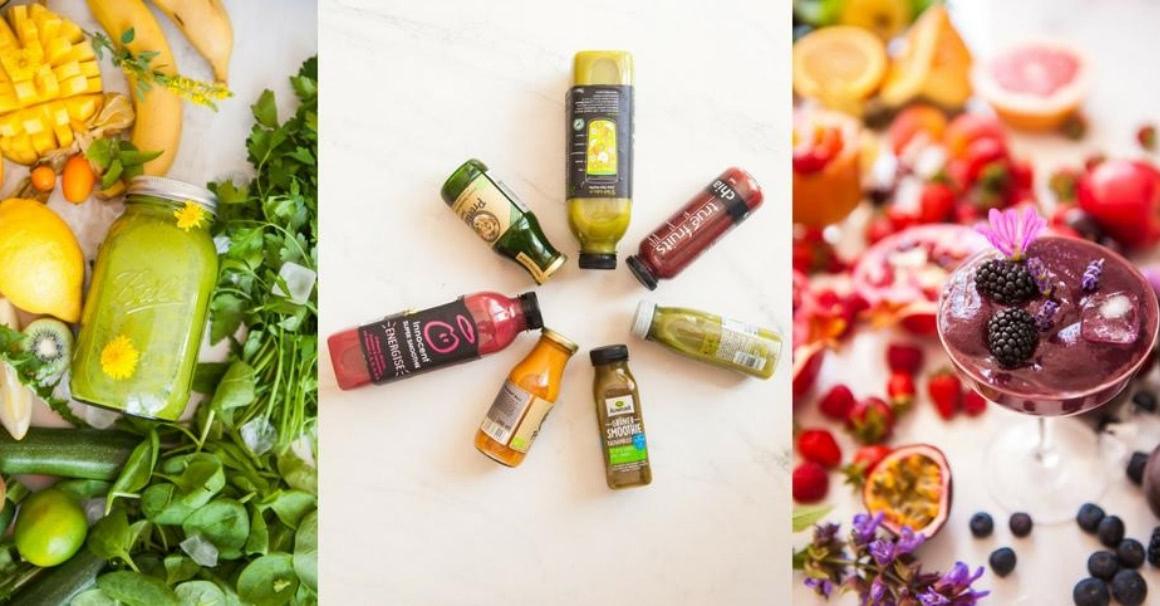
Nowadays, you can buy a smoothie almost everywhere. It started with with smoothie bars, now almost every supermarket, discount store or organic food store has got industrially produced fruit smoothies, green smoothies or even superfood smoothies in its product range. So why make them yourself when you can buy cheap smoothies almost everywhere?
Clear answer: Smoothies off the shelf are not real smoothies! For us, they have as much to do with freshly prepared smoothies as real mashed potatoes with the powder version from the bag. That being said, we would miss making our own smoothies - especially green smoothies - so much! Never before have we prepared our breakfast with more passion and love. The daily handling of fresh ingredients such as local fruits, wild herbs or salads is still fascinating for us, it has strengthened us in our attitude towards a natural way of eating and living. But there are at least 10 more reasons why making your own smoothies is definitely worth it, not only financially, but also health-wise.
- Smoothies off the shelf are highly heated and therefore have fewer nutrients than fresh smoothies
Store-bought smoothies are heated, which gives them a longer shelf life. During this process, heat-sensitive nutrients are lost. Among others, heat-sensitive enzymes or vitamins B1, B5 or even vitamin C are affected. Preparing fresh smoothies with a high-speed blender takes less than 1 minute, it is therefore absolutely nutrient-preserving. - Smoothies off the shelf are not (alkaline) raw food
By heating, for the purpose of preservation, ready-made smoothies not only lose heat-sensitive nutrients, they can no longer be called raw food. It is questionable to what extent industrially produced smoothies can still create a positive effect on our acid-base balance.If you want to integrate more alkaline raw vegetables and fruits into your daily diet, you should definitely prepare smoothies fresh and make them yourself. - Smoothies off the shelf consist of processed ingredients and are not made from whole fruit
For example, industrial production of an apple-banana-orange smoothie uses apple puree, banana pulp and orange juice concentrate rather than the whole fruits. This means that the individual ingredients have already been processed and have lost vital nutrients. Green smoothies off the shelf often consist of extracts from leafy greens, such as stinging nettle powder or spinach juice, they therefor contain significantly less of the important fiber. We like to use the whole fruit for our smoothies whenever possible - in the case of apples, for example, not only the skin, but also the core and the seeds - important nutrients are also contained here. - Smoothies off the shelf are quite expensive, price performance is significantly better when making them yourself
All those who drink smoothies frequently, should keep an eye on the costs and possibly consider whether the fresh preparation is not more cost-efficient and/or refinances the purchase of a good blender in the long run. - Smoothies off the shelf are not fresh
The fresher fruits and vegetables are consumed, the higher their nutrient content and their benefits for a healthy diet are. When it comes to freshness - no Smoothies from the shelf can compete with a homemade smoothie made from fresh ingredients. - Smoothies off the shelf may contain additives such as sugar, flavoring or coloring
When buying smoothies at the supermarket, be sure to check the ingredients. In addition to fruit and/or leafy greens, undesirable ingredients such as sugar, flavorings or even dyes are often added. In our opinion, such recipes do not add any positive value to a health-conscious diet. - Smoothies from the shelf mainly consist of cheap ingredients
Apple and banana are almost always included in bought smoothies as they are very cheap. Even if the label says "passion fruit & pineapple smoothie", banana or apple are usually the first fruits on the ingredients list. If you like more diversity and want to give your body more variety, it's better to make your own smoothies. - Smoothies off the shelf are often filled in plastic bottles and spend weeks or even months on supermarket shelves
Plastic bottles are not only a burden for the environment, it is also assumed that they transfer hazardous substances from the plastic to its contents and therefore to the consumer. It is also completely unclear to what extent acidic contents in plastic bottles - fruit acid from smoothies - increasingly dissolve and absorb chemical compounds. Considering that industrial smoothies are bottled in plastic and can spend weeks or even months in warehouses and supermarkets... we therefore recommend only buying smoothies in glass bottles. When preparing smoothies in the plastic container of a high-speed blender, you do not need to fear any health risks, as the smoothie is ready after no more than 1 minute. - Smoothies off the shelf do not allow you to control the quality and origin of the ingredients
If you prepare smoothies yourself, you can use and benefit from regional and seasonal fruits and leafy greens. We have not found a single commercial recipe that is inspired by the season. Furthermore, preparing smoothies yourself, you can control the quality - especially the ripeness - of your ingredients. Besides the organic label, there is no controll of supermarket-smoothies. - Taste wise smoothies off the shelf can't compete with freshly made smoothies
Arguing about taste is known to be nonsense. When comparing off the shelf vs. freshly prepared smoothies, however, it's not. If you've ever had the pleasure of a freshly prepared smoothie, then you certainly won't like the shelf-version any more. Especially green smoothies from the supermarket have failed our test with a watery "hay taste" - undrinkable. be sure to do the test yourself!
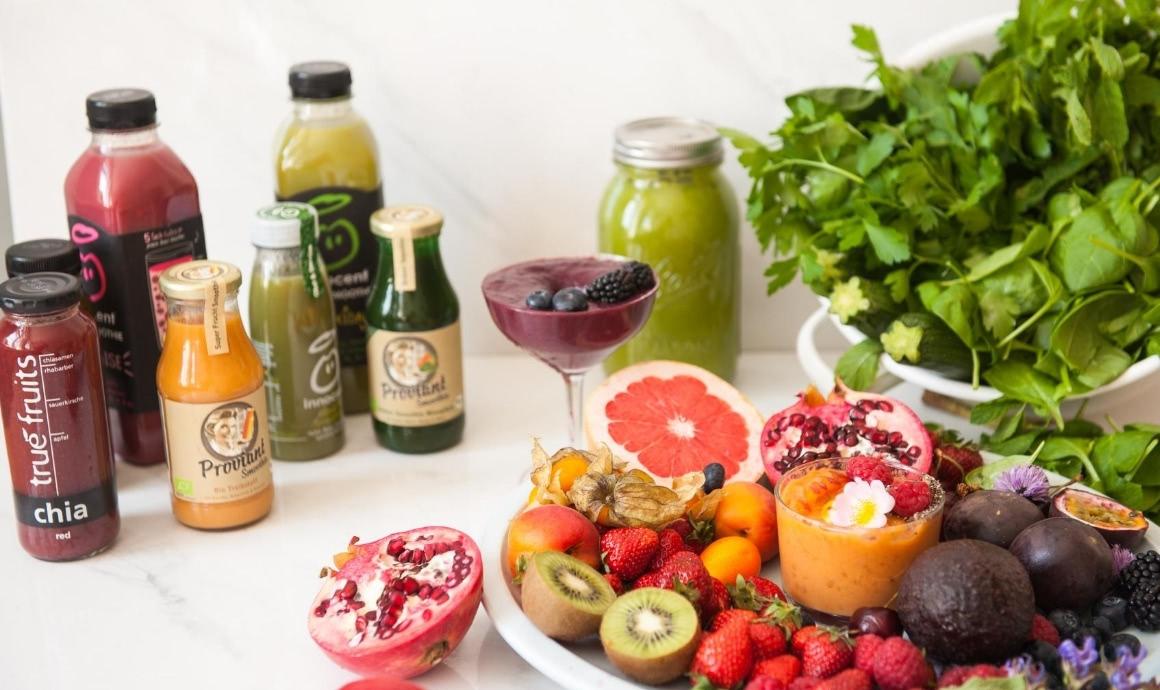
Green smoothie recipes as a PDF file
Yes, I would like to subscribe to the newsletter and receive the 10 Green Smoothies Recipes for Beginners as a printable PDF file for free.
Please send me e-mails, according to the privacy policy, on a regular basis. The Newsletter contains information about kitchen appliances, utensils, recipes and preparation tips, this is revocable at any time.
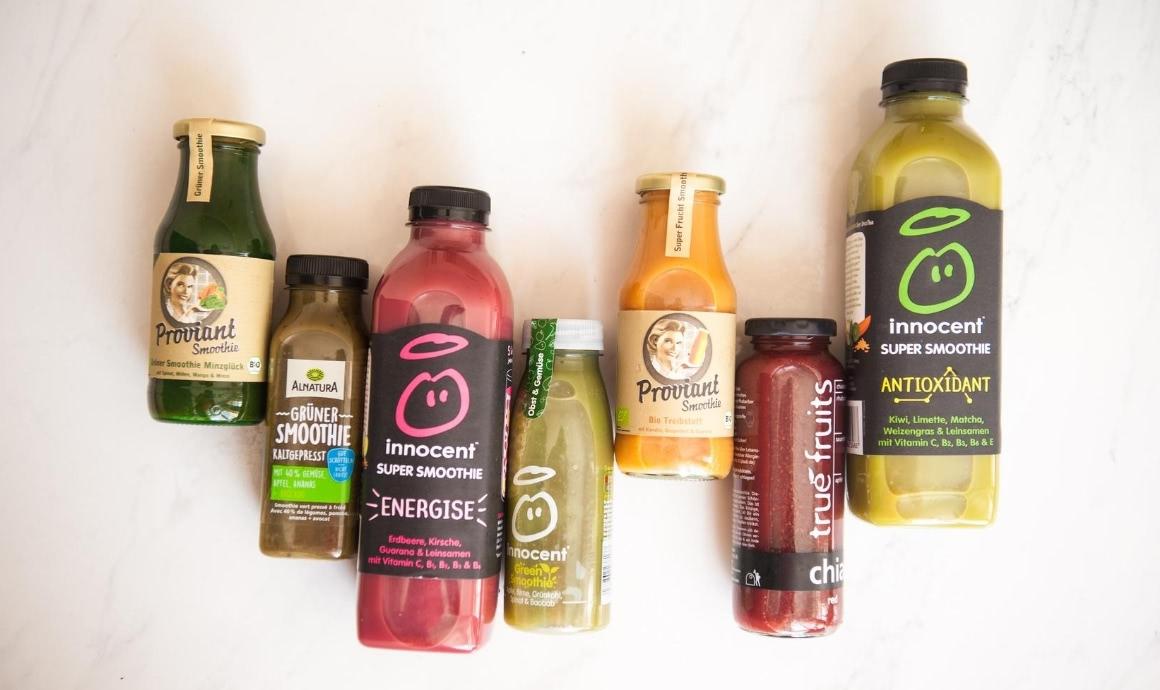
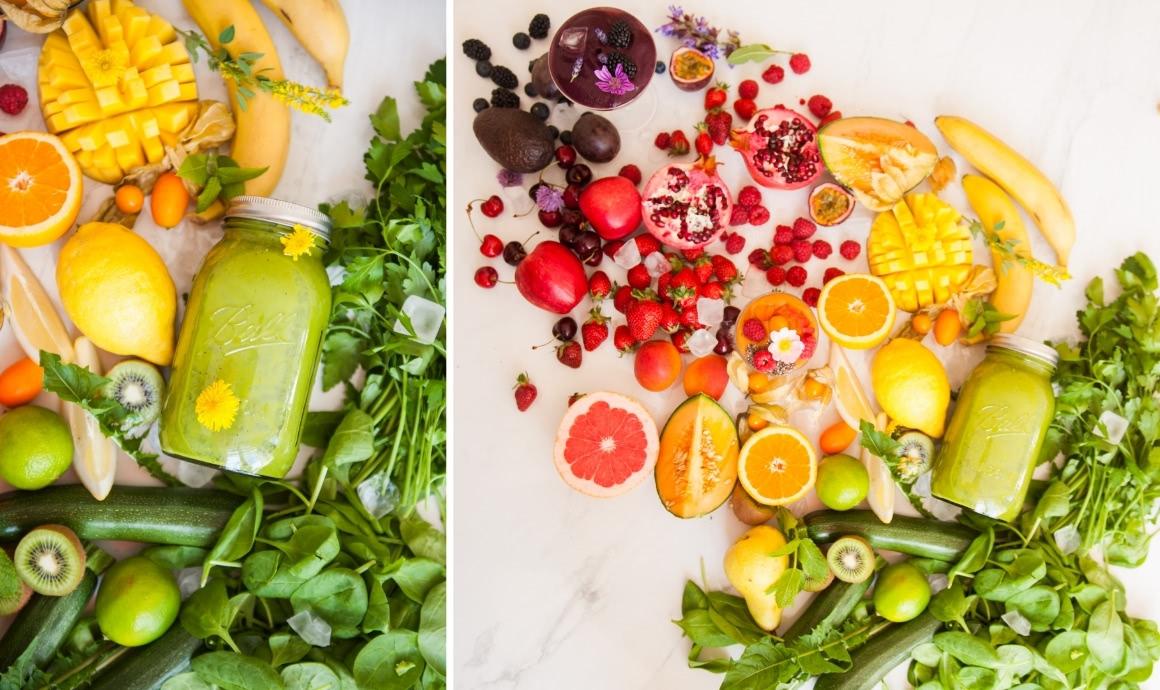
Conclusion: Better make smoothies yourself! Tastes better and is definitely healthier.
Self-prepared smoothies - especially green smoothies - have a high concentration of important nutrients such as vitamins, minerals, enzymes, antioxidants and fiber. For us, this is a simple way to make our diet more conscious and also healthier. Not only do we increase our daily raw food intake, but we also have a better balance between acids and bases in our body. Freshly prepared smoothies are raw and extremely alkaline.
Off the shelf smoothies, on the other hand, lose a lot of vital substances due to the industrial production process and cannot compete with fresh smoothies in terms of freshness and (valuable) nutrients. Especially off-the-shelf smoothies, with added sugar, belong to the category of sweets rather than to a conscious, health-oriented diet. Above all, no purchased green smoothie could convince us. Therefore, our maxim: Better make smoothies yourself!
Green smoothie recipes as a PDF file
Yes, I would like to subscribe to the newsletter and receive the 10 Green Smoothies Recipes for Beginners as a printable PDF file for free.
Please send me e-mails, according to the privacy policy, on a regular basis. The Newsletter contains information about kitchen appliances, utensils, recipes and preparation tips, this is revocable at any time.
We appreciate your Feedback here!



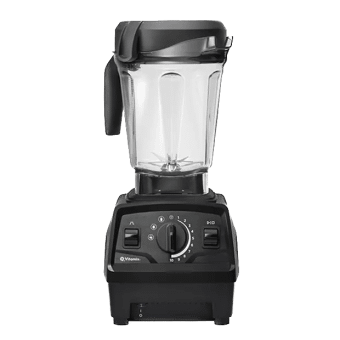





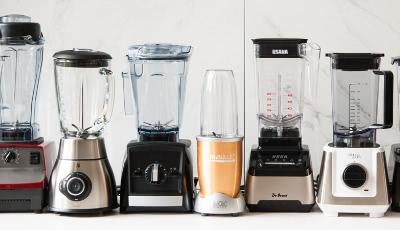
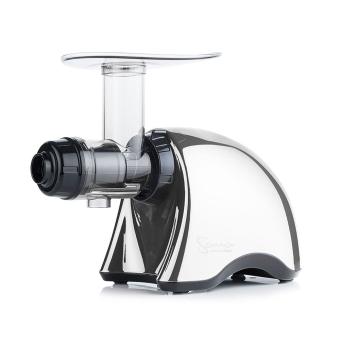







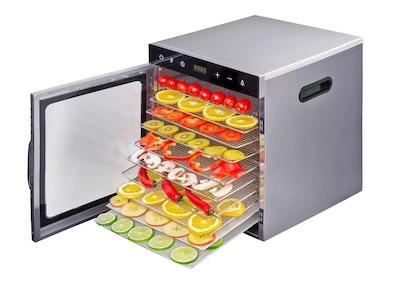
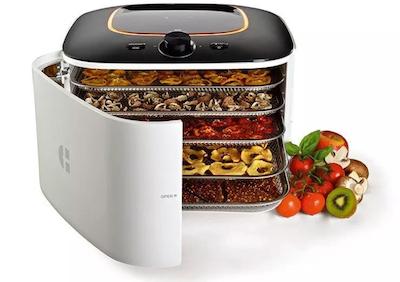

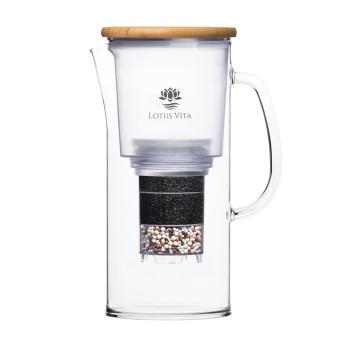
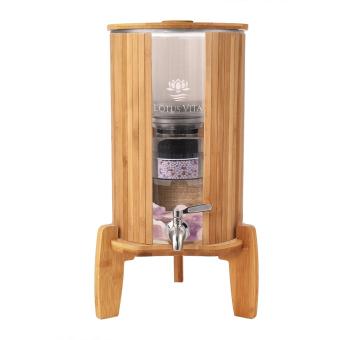
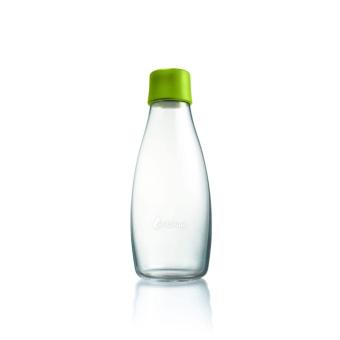

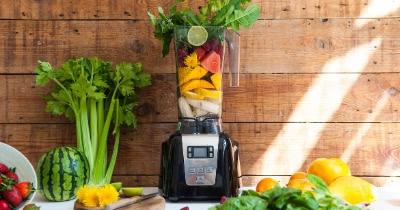
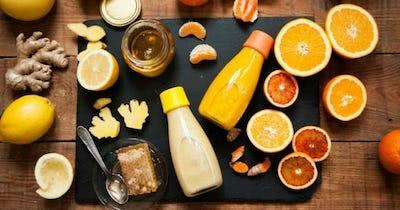

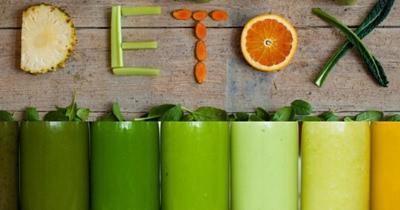
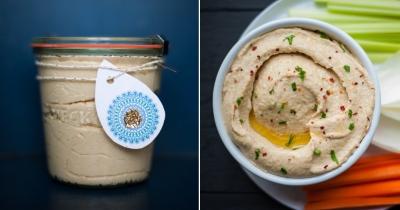
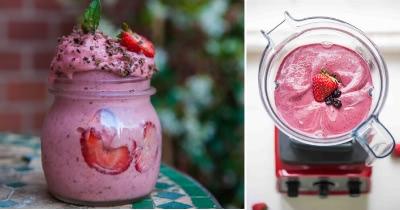
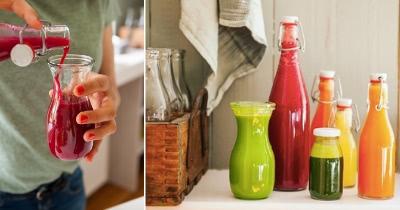
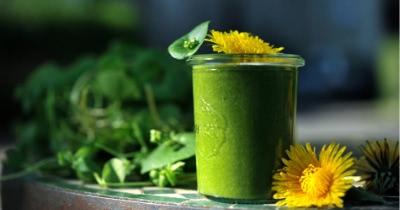

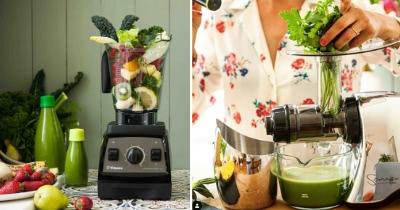

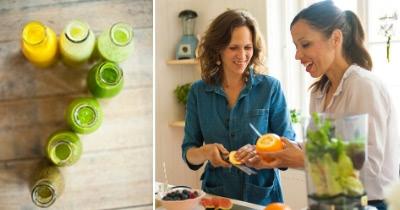
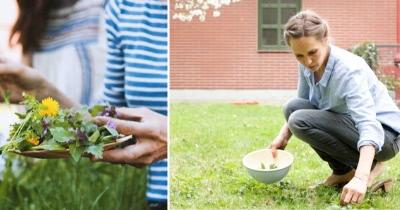
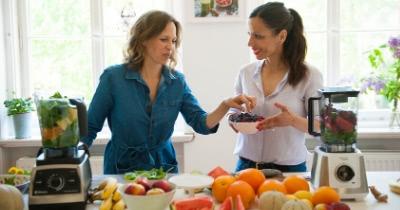

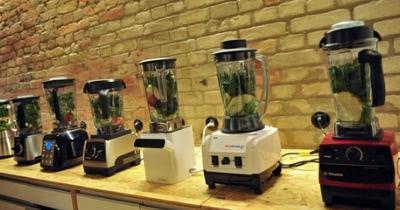
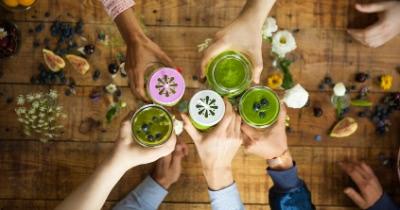

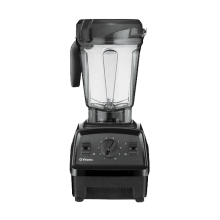
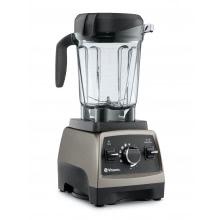

Add comment
7 | Comment(s)
when would there be the next workshop for beginners?
What would this cost and can you get the blenders cheaper on site?
Many thanks & regards, Marko
thank you for your interest in our workshop. Unfortunately there are no new dates planned yet.
Regarding the blender request: Please contact our customer service directly: By phone +49 30 - 44 79 34 23 or by email hello@gruenesmoothies.com
Thank you very much and best regards,
Carla
Best regards
Thank you very much for your questions.
There is a key difference between smoothies and juices: smoothies are blended in a blender with the addition of liquid and consist of the whole ingredients—this way, all the fiber from fruits and leafy greens is preserved. Smoothies cannot be made with a juicer! In contrast, juices are extracted from the ingredients using a juicer or slow juicer, meaning the liquid from fruits, vegetables, or leafy greens is pressed through a sieve and collected, while the fiber is separated in the form of pulp. Accordingly, smoothies
Best regards,
Carla